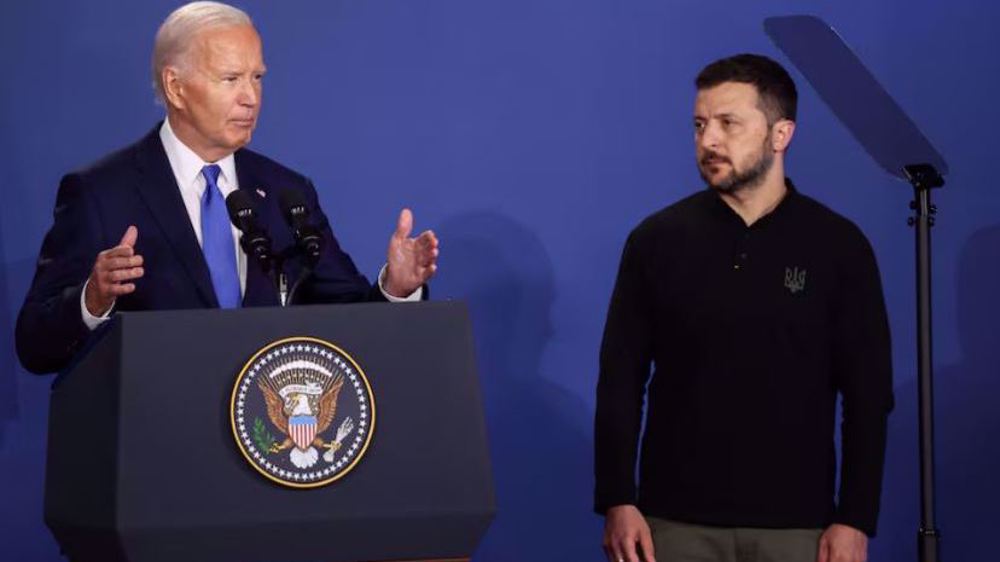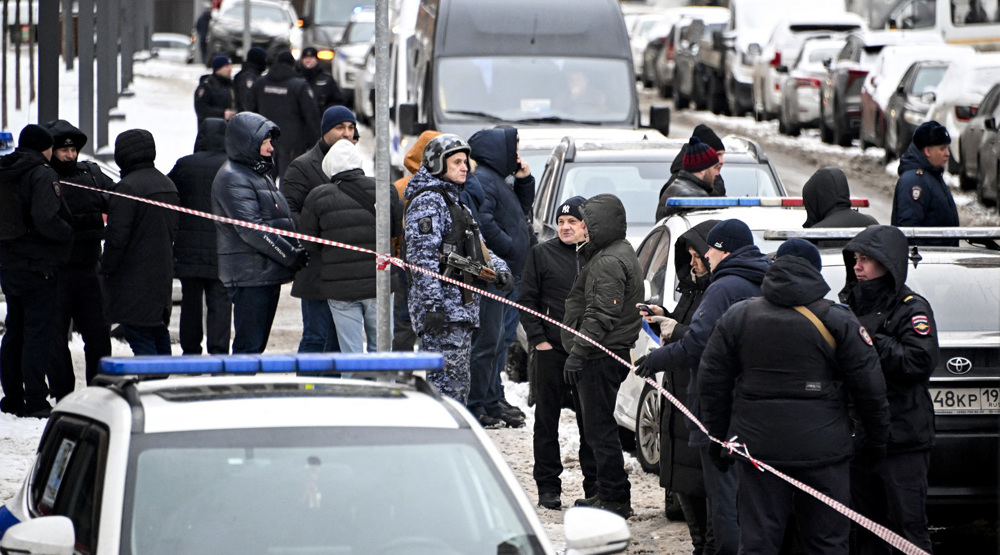Russia to launch regular manned moon missions as of 2025
Russia will commence regular manned missions to the moon between 2025 and 2040, says Russia’s federal space agency.
A new type of manned spacecraft, dubbed Federatsiya, will be used to carry out flyovers and landings on the moon’s surface once or twice a year, a Roscosmos state space corporation official was reported by the TASS news agency as saying on Saturday.
The craft will be constructed by Russia’s Energia cooperation which will start developing the required hardware and software this summer.
Federatsiya’s aim is to replace the current Soyuz craft and is designed for ferrying people and cargo to the moon and the International Space Station (ISS).

The spacecraft’s initial testing will begin in 2021 with an unmanned launch from Russia’s new Vostochny spaceport in the Far Eastern Amur region, with two more launches set for 2023.
An Angara A5B heavy carrier rocket will be used for the launches.
Earlier in the month, Energia announced that it has entered talks with NASA to create a new station in the moon’s orbit. If the plans go through, the new station will become a hub for maintenance, communications, and navigation for lunar missions and for un-manned missions to Mars.

In March, renowned theoretical physicist and cosmologist Stephen Hawking said he was “impressed” when he saw that Russia was “ahead of America in the Space Race” during the Cold War era.
Russians won the first stages of the space exploration when they sent Sputnik, the first artificial Earth satellite, into an elliptical low Earth orbit on October 4, 1957 but lost the game when their biggest rival, the United States, launched the first successful manned mission to the Moon in 1969.
Dec. 22: ‘Axis of Resistance’ operations against Israeli occupation
‘Abhorrent’: Oxfam says only 12 trucks delivered aid in North Gaza since Oct.
VIDEO | Leader receives religious eulogists on Hazrat Fatima birth anniv.
Pope Francis slams Israel’s ‘machine-gunning’ of Gaza children
US hostage-taking of Iranian nationals violation of intl. law: Deputy FM
VIDEO | Carol Singers for Palestine on London’s Parliament Square
Ansarullah says ‘Israeli terrorists’ incapable of confronting Yemen, warns of secret weapons
VIDEO | Yemenis praise the military for its successful operations against Israel












 This makes it easy to access the Press TV website
This makes it easy to access the Press TV website